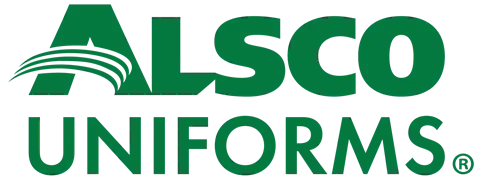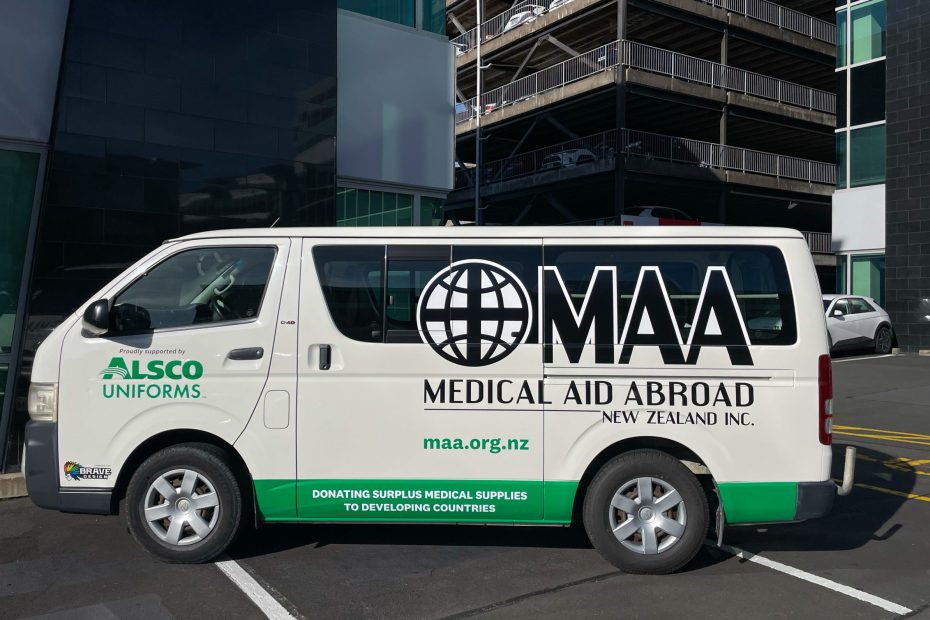Could there be a looming workplace first aid crisis at your company?
According to findings by Worksafe New Zealand, work-related fatalities increased by 32% between September 2018 and 2019.
To compound the situation, the number of deaths more than doubled in just the first three months of 2019 from a similar period the previous year.
The sad reality is that 59 percent of work-related deaths are preventable if victims receive first aid before emergency services arrive.
What does this imply?
There’s a need for every workplace in New Zealand to:
- assess its level of safety, and
- re-evaluate its capacity to effectively administer first aid.
Until this happens, safety in your workplace may be an assumption rather than an actuality.
What do you need to do?
1. Familiarise Yourself With These Injuries That May Necessitate First Aid
Certain safety hazards are particularly common in the workplace.
Below is a summary of common sources of injury and the injuries one could sustain.
| Strenuous manual tasks | Could cause overexertion. This can result in muscular strain. |
| Machinery or equipment | Heavy machinery and equipment can cause the following:
Dislocation. An injury to the joint in which the end of a bone gets pushed out of position. Fracture. A break, usually in a bone. Laceration. A deep cut or tear going all the way through the skin |
| Surfaces that are high, slippery or uneven | Working on such surfaces could lead to trips, slips and falls resulting in:
|
| Very high temperature | Coming into contact with extremely hot materials or surfaces is likely to result in burns.
Additionally, this comes with the risk of reduced concentration and increased fatigue. |
| Hazardous chemicals | Inhaling or having skin come into contact with toxic chemicals can lead to irritation and poisoning. |
2. Guarantee Safety With a First Aid Kit Service
It’s easy to purchase a first aid kit.
The hard part? Maintaining one.
Now imagine this in a busy work setting with multiple kits spread across different floors.
Every time a person receives first aid, someone has to take note of all the supplies used and which ones need replacing and when.
And when that time comes, the person responsible for the kits must be sure to restock all the required contents.
Despite our best efforts, we simply can’t negate the possibility of human error.
Don’t take a gamble with anyone’s life; first aid is a matter of “when” rather than “if”.
Therefore, all workplace first aid kits must be well-maintained so they are always ready for use when the need arises.
To be sure that everything is in order, why not leave it to the experts?
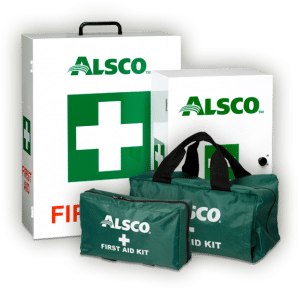
Take advantage of a first aid kit service, which will offer you benefits such as:
- Regular restocking of first aid kit supplies
- Keeping your workplace compliant with workplace safety regulations
- Hospital-grade supplies
- Service logs maintained to ensure they are up to date
- Being tailored to meet your unique business needs
A first aid service goes a long way in improving the efficiency of first aid officers in your workplace.
In turn, this can result in better care for all employees as well as clients who visit your premises.
3. Refresh Your Safety Training
How appetising is the idea of stale food? Not at all.
The same principle applies to health and safety training.
Are your training modules outdated? Could training materials be missing some vital information?
The only way to be sure is to evaluate your safety training, and, if need be, conduct it afresh.
In any case, if it isn’t part of the orientation process, chances are high that newer employees lack knowledge on how to correctly respond to safety issues.
It doesn’t hurt that training consists of activities which are great for team building.
Think of safety training as an investment rather than an expense. It could significantly reduce the amount of money owed in claims.
Ensure that every professional first aid officer has the necessary certification and that their credentials meet the most recent requirements laid out by the government.
One area you should particularly focus on is CPR training for all first aid officers.
What is CPR? The abbreviation stands for Cardio-Pulmonary Resuscitation.
It refers to a technique that helps maintain the circulation of oxygenated blood to prevent brain damage until a person can receive specialised medical help.
CPR is required if a person suffers from a cardiac or breathing emergency.
According to the New Zealand Resuscitation Council, several guidelines should be followed:
- Rescuers must start CPR if the person is unresponsive and not breathing normally.
- Bystander CPR should be encouraged.
- Compression-to-ventilation ratio should be 30:2 for all ages.
- Rescuers perform chest compressions for all who are not breathing normally.
- Those trained and willing to give rescue breaths are encouraged to do so.
- Chest compressions should be provided at a rate of approximately 100 – 120/min.
- Rescuers should aim to minimise interruptions to chest compressions.
You can find the full NZRC recommendations here.
Wondering how CPR should be performed? This video by the Red Cross demonstrates adult CPR.
Generally, it would be best to conduct a first aid training audit annually.
Each time you conduct your audit, you will come across valuable insights to be used in constantly improving your capacity to handle subsequent safety concerns.
4. Make Sure Everyone Understands DRSABCD
When we find ourselves in an emergency situation, it’s easy to feel overwhelmed and unsure of the right thing to do.
Thankfully, there’s a simple and effective way to ensure we handle the matter accordingly: Get everyone at work to master DRSABCD.
It’s an acronym that details the correct course of action in different scenarios as follows:
Danger
The first step is to check for anything in the vicinity that could compromise your safety or that of other people.
This includes:
- Distressed persons that could harm themselves or cause further injury to affected persons
- Electricity (e.g., naked wires)
- Traffic such as vehicles and bystanders/curious onlookers
- Chemicals, as they could be toxic or flammable
- Fumes which may cause respiratory problems if inhaled
- Fire and smoke
- Sharp objects, such as shards of glass
- Unstable structures
Response
Next, check to ascertain whether the victim is responsive or has lost consciousness.
Send
Send for help by calling 111.
Airway
Check if anything is obstructing the airway and look for signs of life.
Breathing
Check if the victim is breathing normally.
Compressions
If they’re not, perform CPR compressions.
Defibrillation
This refers to normalising the rhythm of the heart or restarting it. How to go about it is covered in detail below.
5. Check Whether All Workplace AEDs Are Functional
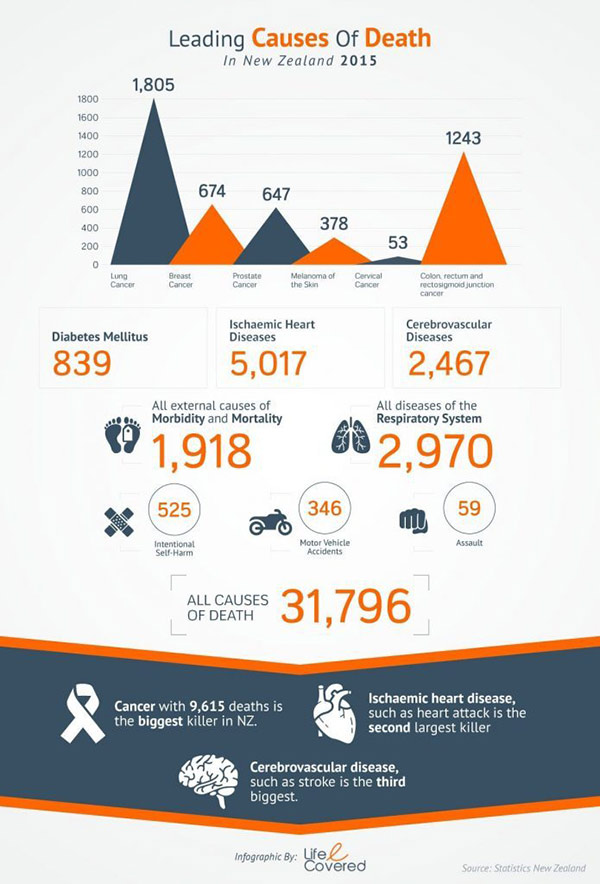
Cardiac arrest is among the leading causes of death in New Zealand. Nearly 6,000 people die from cardiac-related diseases each year.
During cardiac arrest, the heart unexpectedly stops beating. In such instances, AEDs are used.
Automated External Defibrillators (AEDs) are portable electronic devices which analyse the heart’s rhythm.
They are designed to interpret electrocardiograms and, if necessary, deliver an electric shock to get the heart beating normally again.
AEDs vary and are categorised into two types:
(a) Public-access AEDs are the kind you would normally find in
- schools
- airports
- government buildings
- public halls
- hospitals
- other public locations
They are intended for use by laypeople whose training is minimal.
(b) Professional-use AEDs, on the other hand, are used by first responders who have undergone more comprehensive AED training.
They include emergency medical service (EMS) providers and paramedics.
This type of AEDs can either be semi-automated or fully automated.
What’s the difference?
If a semi-automated defibrillator detects abnormal heart rhythm that requires a shock, the device prompts the user to press a button to deliver it.
Conversely, a fully automated defibrillator delivers a defibrillation shock based on a command by the inbuilt software without user intervention.
AEDs must constantly be checked to ascertain they are in usable condition at all times.
Presently, AEDs are not mandatory in workplaces by law in New Zealand. And considering how expensive they are to purchase, many companies would much rather forego them.
However, given their importance, it would be in everyone’s best interest to have them.
Safeguard the Well-Being of Everyone at Your Workplace With Alsco
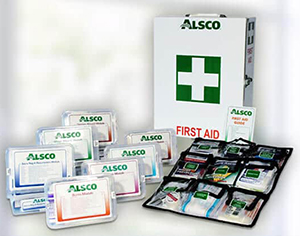
Managing safety at work doesn’t have to be an arduous process.
Not when you rely on Alsco New Zealand’s reputable, dependable services.
Whether you need a hassle-free way of managing first aid kits or an affordable alternative to buying AEDs, Alsco has you covered.
Plus, did you know there are numerous advantages to renting instead of buying?
If you’d like to guarantee safety at your workplace, simply get a quick quote here.
